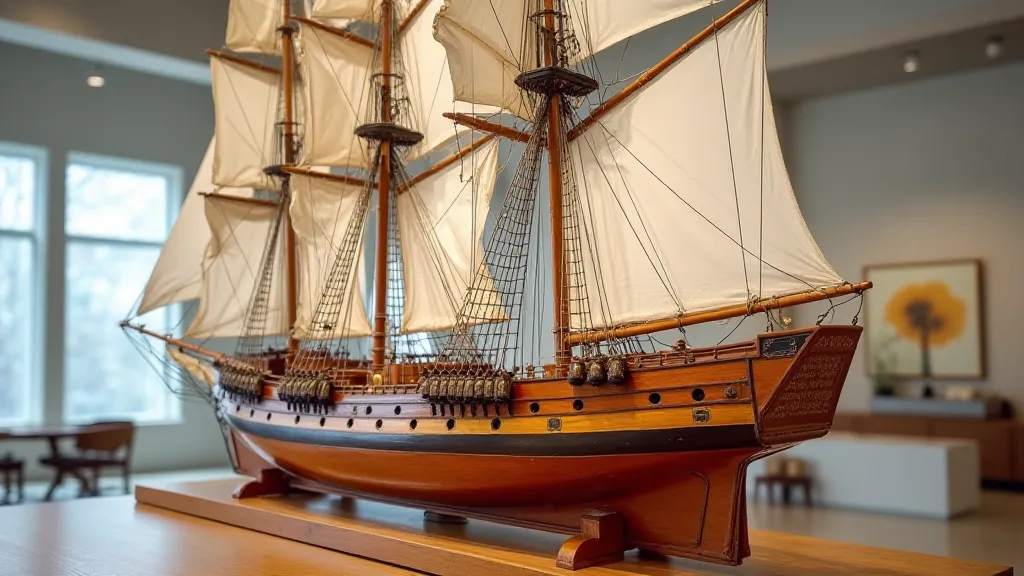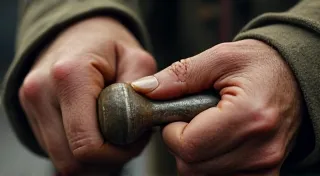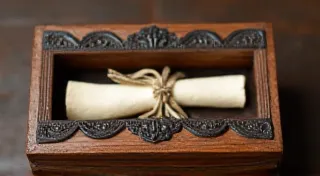A Horizon in the Workshop: Dreams Born from Timber
The scent of aged timber, the gentle rasp of a plane against grain, the slow, deliberate rhythm of shaping wood – these are the sensory anchors that draw me, and countless others, to the craft of building wooden model ships. It’s a pursuit that transcends mere hobby; it’s a journey into history, a conversation with master shipwrights of centuries past, and a quiet, intensely personal meditation on ambition and detail. It’s a chance to hold a small piece of that ambition, that vision, in your own hands.
I remember being a young boy, captivated by a photograph in a dusty book—the HMS Victory, Nelson’s flagship. It wasn't just the size of the ship that impressed me, but the intricate detail, the sheer complexity of her construction. It felt impossibly distant, a world of sail and empire, rendered in miniature. I yearned to understand how such a thing could be built, and more importantly, *why*. That single image sparked a fascination that continues to fuel my endeavors today. It wasn’t about simply replicating a model; it was about grasping the underlying principles, the artistry, the unwavering commitment required to build something so remarkable.
The allure of wooden model ship building isn't just about recreating a vessel's outward appearance. It’s about understanding the function, the purpose, the very spirit of the ship. You study the lines of the hull, not as static forms, but as expressions of hydrodynamic efficiency, designed to slice through waves with grace and power. You examine the rigging, not as tangled ropes, but as a meticulously planned network of control, enabling sailors to harness the wind and navigate vast oceans. The pursuit of accuracy becomes a deeply satisfying endeavor, a way of connecting with the ingenuity and resilience of those who came before.
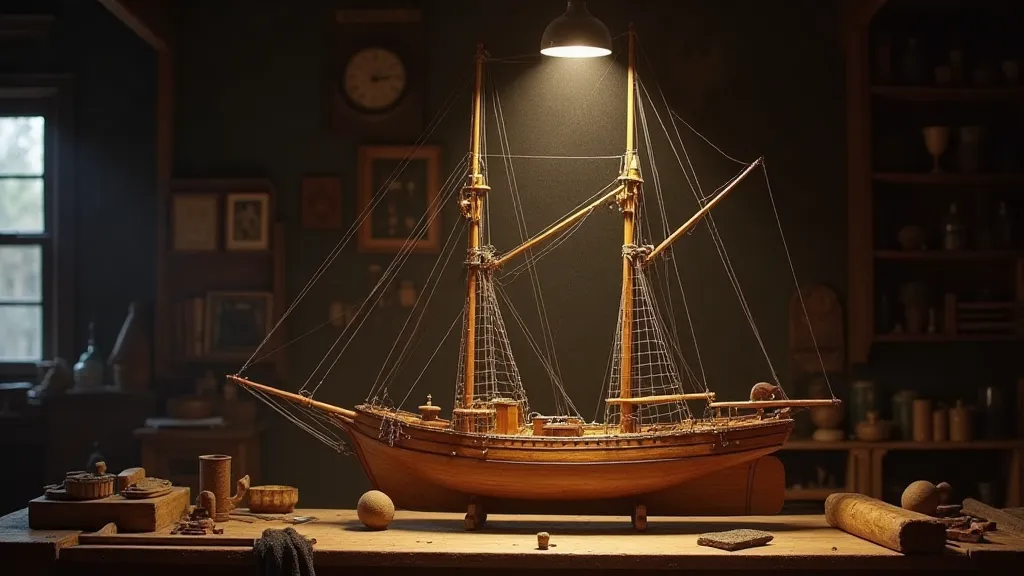
The Allure of Historical Ships
The choice of ship itself often dictates the journey. A Viking longship evokes a spirit of exploration and daring. A Spanish galleon whispers tales of treasure and conquest. An elegant clipper ship embodies the golden age of sail. Each vessel holds a unique story, a window into a specific era. Building a model isn't just about replicating a physical object; it's about immersing yourself in the history surrounding it. It’s about researching the ship’s voyages, understanding its significance, and imagining the lives of those who sailed aboard her. It becomes a project of historical preservation, a tangible link to the past.
Consider the sheer artistry involved in building ships during the 18th and 19th centuries. These weren't mass-produced commodities; they were bespoke creations, painstakingly crafted by skilled artisans. The choice of timber was critical – oak for strength, pine for lightness, teak for its resistance to rot. Every plank was carefully selected and shaped, every joint precisely fitted. The resulting vessels were not only functional but also beautiful, testaments to the mastery of traditional shipbuilding techniques.
The Discipline of Detail
Building wooden model ships demands an unwavering commitment to detail. It’s a craft that rewards patience and precision, punishing carelessness with frustrating setbacks. A slight misalignment of a plank, a misplaced knot in the timber, a fraction-of-a-degree error in the angle of a mast—these small imperfections can have a cascading effect, impacting the entire structure. The best model builders embrace this challenge, seeing it as an opportunity to hone their skills and deepen their understanding of the craft.
The process itself is a journey of learning. You're constantly experimenting with different techniques, refining your methods, and adapting to the unique challenges presented by each project. You learn to read the grain of the wood, to anticipate its behavior, and to coax it into the desired shape. You develop a keen eye for detail, noticing subtle nuances that would escape the untrained observer. And most importantly, you cultivate a deep appreciation for the artistry and skill of those who built the original vessels.
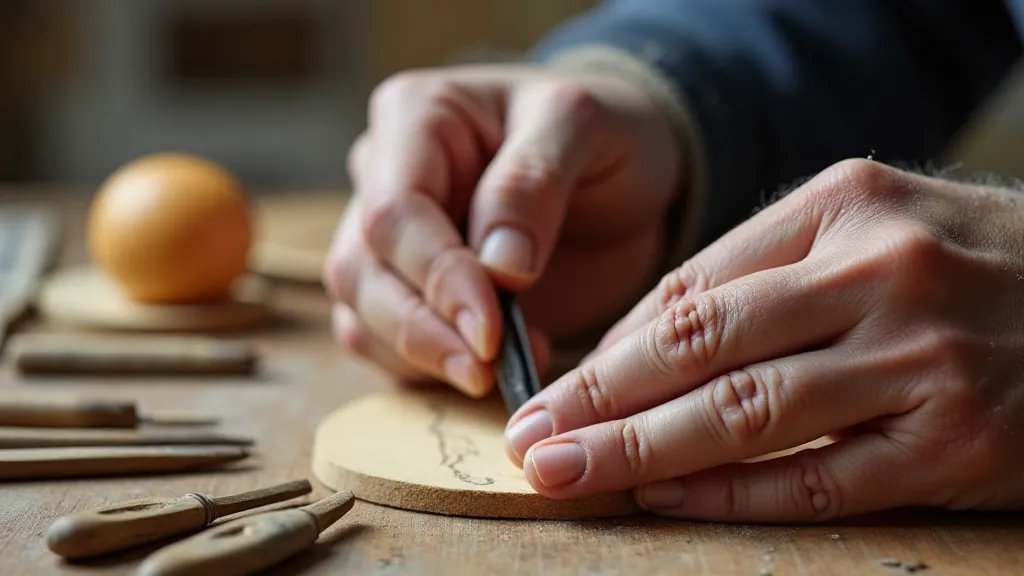
Beyond Replication: Interpretation and Restoration
While accuracy is paramount, there’s also room for interpretation. No set of plans can ever perfectly capture the nuances of a real ship. Weathering, wear, and the inevitable modifications made over time leave their mark. A skilled model builder understands this and strives to recreate the *spirit* of the ship, not just a photographic reproduction. This can involve carefully replicating the effects of age and exposure, adding a layer of authenticity that transcends mere technical precision.
The skills involved in model ship building are surprisingly transferable to restoration work. Understanding how timber behaves, how joints are constructed, and how to repair damage are all invaluable assets. While restoring a full-sized ship is a monumental undertaking, the principles are the same. The ability to analyze a structure, diagnose problems, and implement solutions is a testament to the enduring value of traditional craftsmanship.
A Timeless Pursuit
Building wooden model ships is more than just a hobby; it’s a connection to a rich heritage, a chance to cultivate patience and precision, and a source of quiet satisfaction. It's a journey that transcends the boundaries of time and technology, uniting us with the master shipwrights of the past. As I sit in my workshop, surrounded by the scent of timber and the tools of the trade, I’m reminded of that young boy, captivated by a photograph of the Victory. And I realize that the horizon I’m chasing isn’t about building the perfect model; it’s about embracing the timeless pursuit of craftsmanship, and the dreams born from timber.
